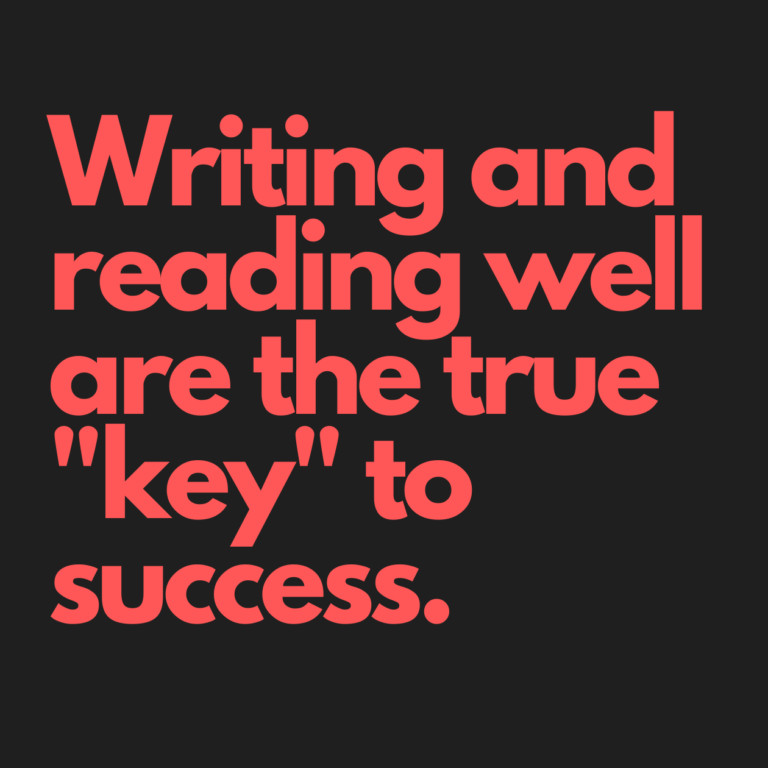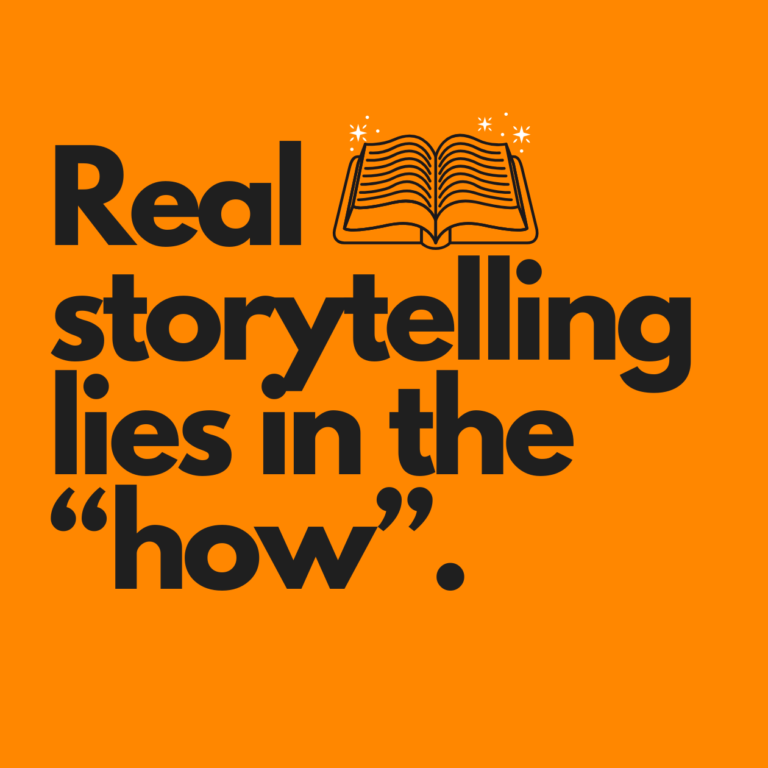
Real Storytelling Lies in the ‘How’
The How Changes Everything: What Guillermo del Toro Teaches Us About Storytelling
Between ridicule and triumph, there’s just one step—and usually, it’s the one that makes you grow.
In the obstacle lies the path; in the ridiculous, the sublime.
I didn’t say that. Guillermo del Toro did. And like everything that comes out of this guy’s mouth, it hits with a soft beauty and a deep truth.
If you don’t know who he is (weird, but okay), Guillermo del Toro is a director, screenwriter, producer, novelist, and Academy Award winner. But beyond the trophies, what really matters here is his way of seeing the world and telling stories: with monsters, with tenderness, with pain, with poetry. He doesn’t tell what. He tells how. And that changes everything.
It’s not what you tell, it’s how you tell it
There’s a very common mistake when people talk about storytelling: thinking it’s just about “telling a story with emotions and structure.”
Wrong. Real storytelling isn’t a scriptwriting exercise—it’s a matter of perspective.
A good story can be told a thousand ways. But if you know from where to tell it, you can turn the predictable into something brilliant.
What matters is not the story itself, but how you choose to narrate it, who you’re telling it to, and when.
That’s where the power of the how lies.
The Hero’s Journey… or the Villain’s?
Think about it.
We’ve all seen the classic story of the hero overcoming obstacles and saving the day.
But what if the same story were told from the villain’s point of view?
What if his reasons were more human than the hero’s?
What if his values were just as valid?
Change the angle, and you change the story. You give it depth. You give it life.
Let’s land it with a simple example:
A conventional story:
A person walks into a store to buy a cold drink. They drink it. They smile. They feel better. The end.
Okay, now let’s change the how:
Sun’s perspective: The sun is the villain. It wants to dominate, to overwhelm, to melt everything. But something slips through its fingers: a person drinks something so refreshing, it defeats the heat. The sun loses. It’s eclipsed.
Ball’s perspective: The main character is a soccer ball. It rolls happily in the middle of the game. But the heat hits. Everything stops. Players get tired. Then they hydrate, cool off, and kick it again. The ball comes back to life. The story continues.
Drink’s perspective: Now the drink is the coach. It speaks, it motivates, it guides. It tells the team: “Don’t let thirst take you out of the game.” And no, it’s not a metaphor—that is its role in the narrative: the quiet mentor keeping the fire alive.
See what happens when you change the focus?
You don’t change the product—you change the story. You change the emotional connection.
Same what, completely different how.
Guillermo del Toro does this all the time
His version of Pinocchio isn’t the usual story. It’s not the Disney fairytale. It’s an ode to death, love, and free will. It’s dark, beautiful, and profoundly human.
Why? Because he changes the how. He changes the lens through which he looks at the world.
And that’s the real takeaway.
Storytelling isn’t just telling—it’s provoking
The storytelling that works doesn’t just tell you stuff—it changes something inside you.
It grabs a story you already know and shows it to you from a point of view you never imagined.
It knows not everything has to be new—but it has to feel new.
So, next time you have to talk about your brand, your product, or your life…
don’t start with the what.
Start with the how.
That’s where the magic lives.









